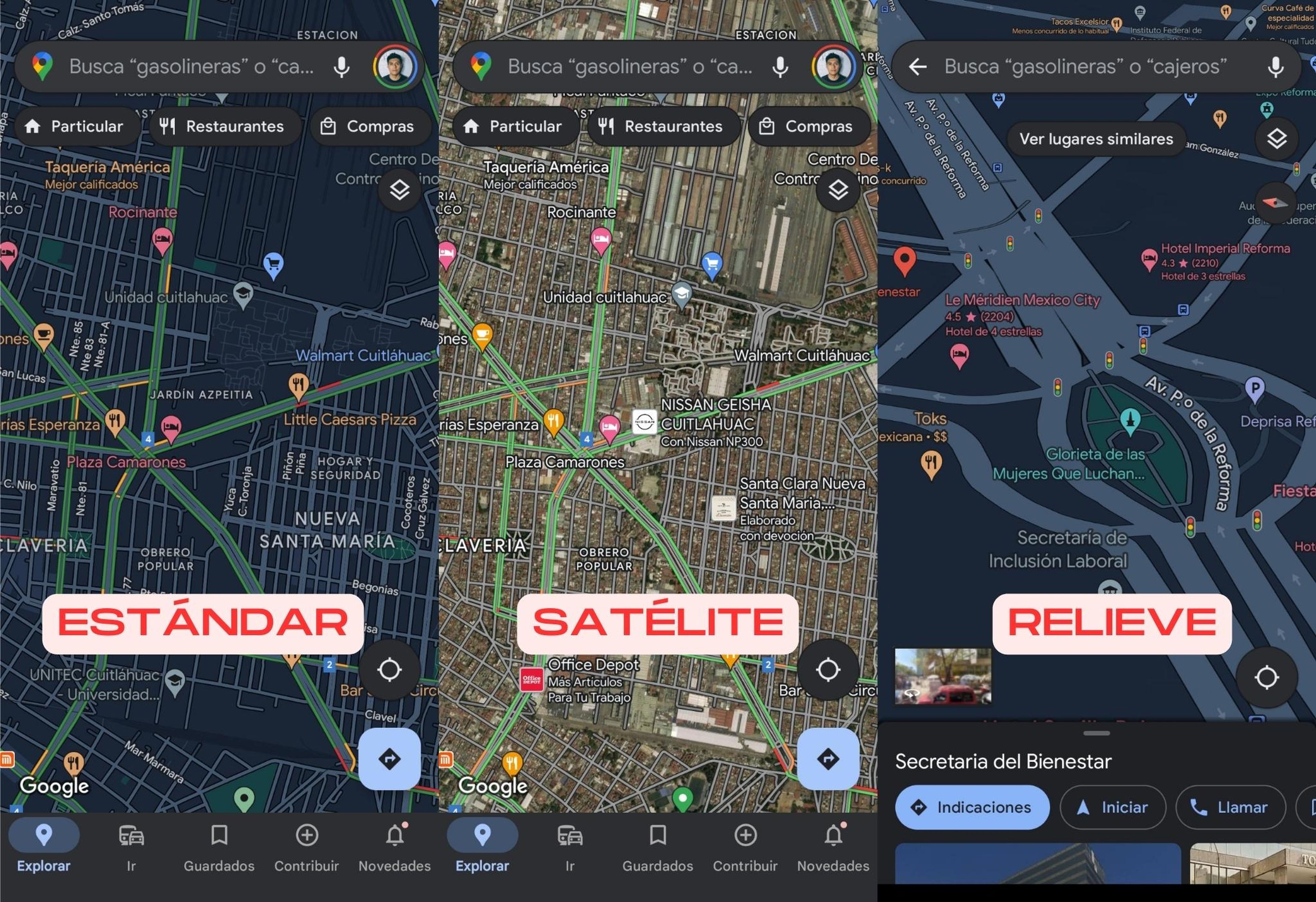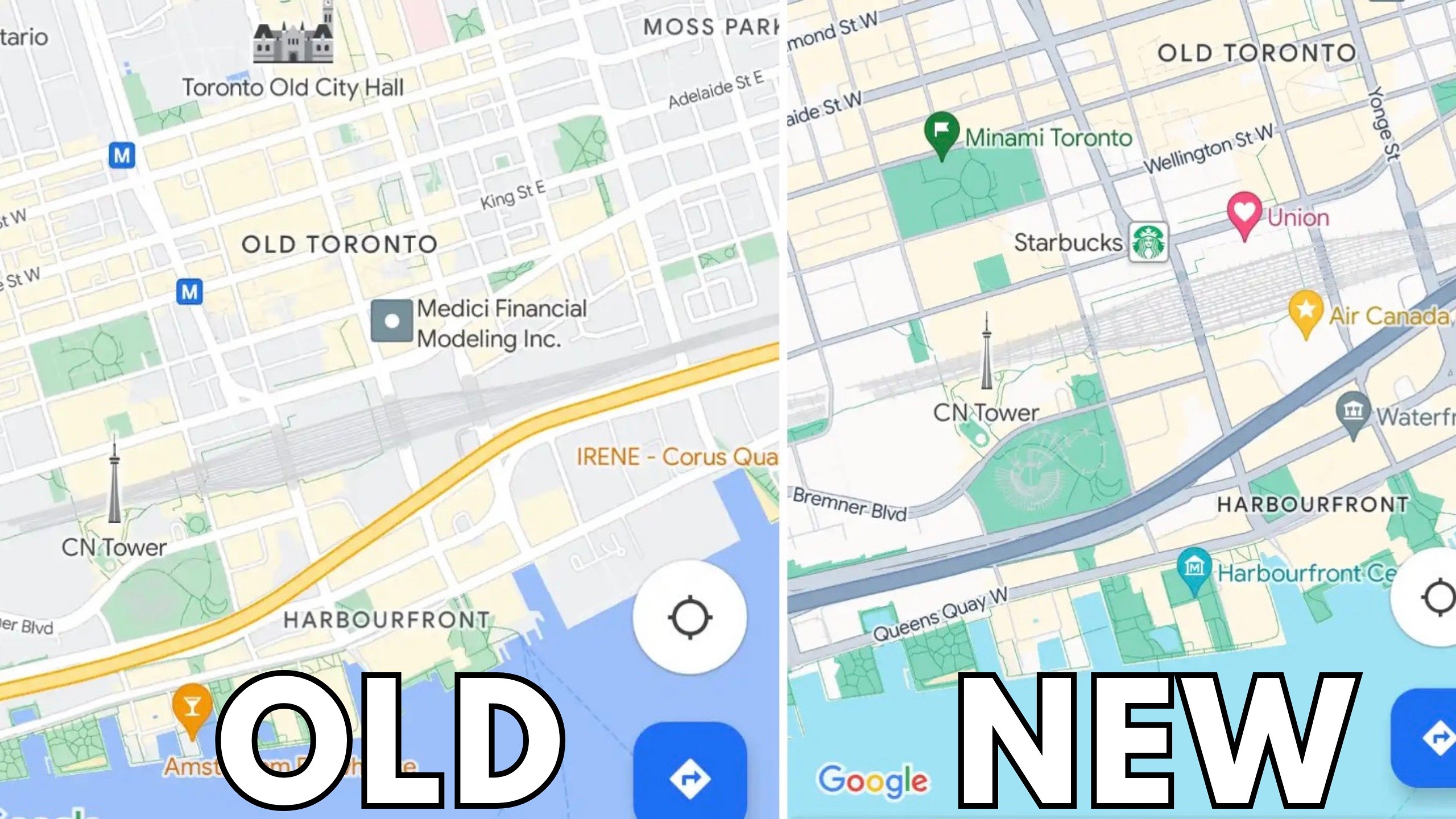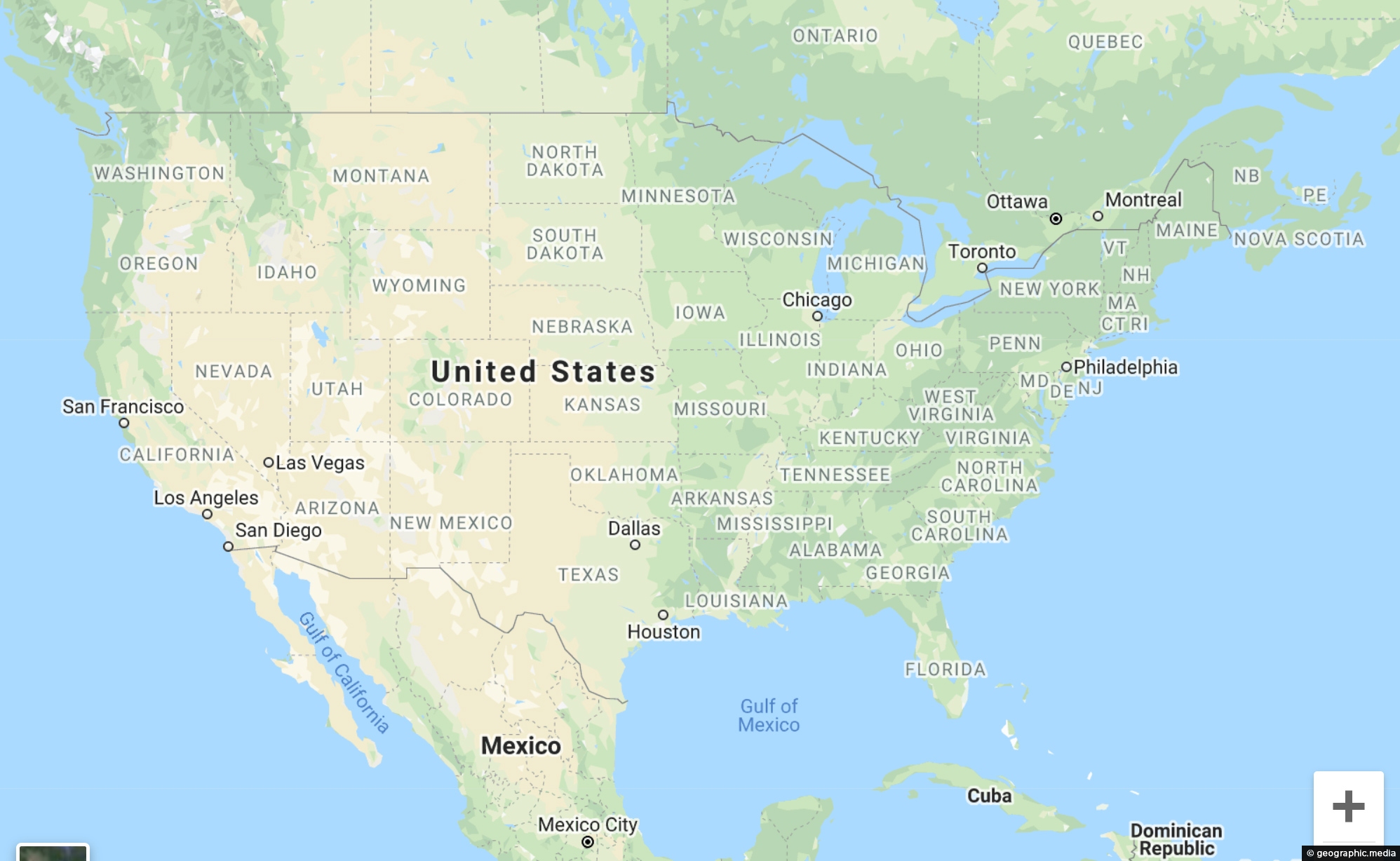
Beyond the Geysers: Exploring Yellowstone’s Sacred Heart on Native American Treaty Lands
Yellowstone National Park. The name conjures images of erupting geysers, steaming fumaroles, and majestic bison roaming vast, wild landscapes. It’s a crown jewel of the American park system, drawing millions annually to witness its raw, untamed beauty. Yet, to truly experience Yellowstone, to connect with its profound essence, one must look beyond the iconic geothermal features and soaring peaks. One must recognize that this magnificent wilderness, often romanticized as "America’s first national park," is, in fact, a landscape steeped in human history, belonging to and shaped by numerous Native American nations for millennia – a truth often obscured by the very maps that delineate its modern boundaries.
This review isn’t just about the natural wonders of Yellowstone, but about journeying through its past, understanding its place within the broader context of Native American treaty lands. It’s about approaching a cherished travel destination not merely as a tourist, but as a respectful visitor to ancestral territories, acknowledging the deep and complex history etched into every canyon, river, and mountain range.
The Land Before the Park: An Ancestral Home

Before its designation as a national park in 1872, the Yellowstone plateau and its surrounding ecosystems were far from an uninhabited wilderness. For at least 11,000 years, this region served as a vital home, hunting ground, and spiritual center for numerous Indigenous peoples. Tribes such as the Crow (Apsáalooke), Shoshone (Shoshoni), Bannock, Blackfeet (Siksikaitsitapi), Nez Perce (Nimíipuu), Salish, Kootenai, and others, held profound connections to this land. They navigated its thermal features, utilized its abundant resources, established intricate trade routes, and wove its unique characteristics into their spiritual beliefs and oral traditions.
For these nations, the land wasn’t just scenery; it was a living entity, a provider, a teacher, and a sacred space. They understood its rhythms, its dangers, and its bounty with an intimacy that modern visitors can only begin to grasp. Their maps of this region were not lines on paper, but a mosaic of lived experience, spiritual significance, and generational knowledge, passed down through stories, ceremonies, and sustainable practices.
Treaties and Their Betrayal: The Foundation of Displacement
The concept of "treaty lands" is central to understanding Yellowstone’s true history. Treaties, ostensibly agreements between sovereign nations, were often used by the U.S. government to legitimize the appropriation of Indigenous lands. While Yellowstone itself wasn’t directly created by a single, comprehensive treaty, its establishment was made possible by a series of treaties and military actions that systematically dispossessed Native American tribes from their ancestral territories in the surrounding regions of Wyoming, Montana, and Idaho.

The Fort Laramie Treaties of 1851 and 1868, for instance, dramatically altered the landscape of tribal sovereignty in the Northern Plains. While these treaties acknowledged vast territories for nations like the Crow and Shoshone, they also set the stage for subsequent land cessions, resource extraction, and the eventual confinement of tribes to reservations. The creation of Yellowstone National Park came during a period of intense westward expansion and conflict, with the U.S. government actively pushing for the removal of Indigenous peoples to facilitate settlement and resource exploitation.
When Yellowstone was established, it was done so with the explicit goal of preserving its natural wonders for the "enjoyment and benefit of the people." However, this "people" implicitly excluded the Indigenous populations who had stewarded the land for millennia. Their presence was largely ignored, their rights disregarded, and their historical connection to the land systematically erased from the park’s initial narrative. The park’s creation, therefore, represents a pivotal moment in the ongoing displacement of Native Americans, transforming their ancestral hunting and ceremonial grounds into a recreational playground for others.
Echoes of Resistance: The Nez Perce Flight of 1877
Perhaps the most poignant and tragic illustration of this history within Yellowstone’s boundaries is the Nez Perce Flight of 1877. Facing forced removal from their ancestral lands in Oregon and Idaho, Chief Joseph and approximately 750 Nez Perce men, women, and children embarked on an epic 1,170-mile journey, attempting to reach asylum in Canada. Their desperate flight led them directly through Yellowstone National Park, where they encountered bewildered tourists and pursuing U.S. Army troops.

The Nez Perce, who had traditionally hunted and traveled through the Yellowstone region, navigated its challenging terrain with a profound understanding of the landscape. Their passage through the park, marked by skirmishes, captures, and the sheer will to survive, serves as a powerful reminder of the human cost of broken treaties and the relentless pursuit of Indigenous peoples. Visiting areas like the Nez Perce Creek or the various historical markers within the park offers a somber opportunity to reflect on this harrowing episode, transforming a scenic drive into a moment of profound historical reckoning. It’s a stark reminder that the "wilderness" was anything but empty.
A Modern Pilgrimage: Engaging with the Past and Present
Today, the relationship between Yellowstone National Park and its traditionally associated tribes is evolving, albeit slowly. The National Park Service has made strides in acknowledging Indigenous history, consulting with tribal nations, and incorporating Native perspectives into park interpretation. However, much work remains to be done to fully address the historical injustices and to genuinely share stewardship of these ancestral lands.
For the conscious traveler, visiting Yellowstone becomes more than just a vacation; it’s an opportunity for a modern pilgrimage, a journey of discovery that extends beyond the breathtaking scenery. Here’s how to approach Yellowstone with an understanding of its treaty lands and Indigenous heritage:
-

Seek Out Tribal Perspectives: While within the park, look for interpretive signs and visitor center exhibits that specifically acknowledge Native American history. However, understand that the park’s narrative is still largely shaped by the dominant culture. To gain deeper insight, consider visiting tribal cultural centers and museums outside the park boundaries. Places like the Museum of the Rockies in Bozeman, Montana, or the Buffalo Bill Center of the West in Cody, Wyoming, often have excellent exhibits on regional Native American history. Even better, look for opportunities to visit tribal communities themselves, if respectful access is permitted, to learn directly from Indigenous voices.
-
Understand the Land’s Deeper Meaning: As you gaze at Old Faithful, paddle on Yellowstone Lake, or hike through Hayden Valley, remind yourself that these are not just natural wonders but landscapes imbued with spiritual significance, ancestral memory, and a living connection for Indigenous peoples. Imagine the millennia of human presence, ceremony, and survival that unfolded here. This shift in perspective transforms the experience from passive observation to active engagement with history.
-
Support Indigenous Initiatives: Seek out opportunities to support Native American artists, craftspeople, and businesses in communities surrounding the park. Purchasing authentic Indigenous art or goods directly supports tribal economies and helps preserve cultural traditions. This is a tangible way to contribute positively to the communities whose lands you are visiting.
-
Practice Respectful Travel: Be mindful of your impact on the land, understanding that you are walking on sacred ground. Adhere to Leave No Trace principles rigorously. Engage with park rangers and staff respectfully, and if you encounter Indigenous people, approach them with courtesy and an open mind. Recognize that Indigenous cultures are diverse and dynamic, not relics of the past.
-
Reflect and Learn Continuously: The journey of understanding Native American treaty lands is ongoing. Read books by Indigenous authors, follow tribal news, and educate yourself about contemporary issues of sovereignty, land back movements, and environmental justice. Your visit to Yellowstone can be a starting point for a deeper commitment to learning and allyship.
The Unfinished Map: Reconciling Past and Present
Yellowstone National Park, in its majestic beauty, stands as a powerful symbol – not just of natural wonder, but also of the complex, often painful, history of land acquisition in the United States. The maps that define its boundaries today tell only a partial story. Beneath those lines lie the invisible maps of ancestral territories, broken treaties, and enduring Indigenous presence.
To truly "review" Yellowstone through the lens of Native American treaty lands is to acknowledge this layered reality. It is to recognize that the park’s stunning vistas are not merely scenic backdrops but living landscapes profoundly shaped by human history. By approaching Yellowstone with an open heart, a curious mind, and a commitment to understanding the full narrative, travelers can transform their visit from a simple sightseeing trip into a meaningful engagement with America’s complex past and its ongoing journey toward reconciliation. It’s an invitation to see beyond the geysers, to feel the sacred heart of the land, and to honor the enduring spirit of its original caretakers.


